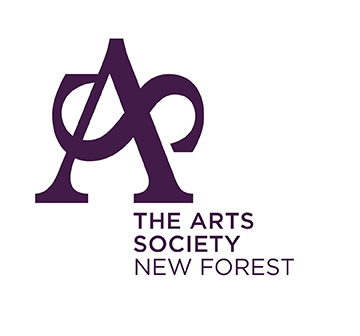PAINTERS IN PARADISE VISIONS OF FRENCH INDOCHINA
Our Special Interest Day By Denise Heywood. on Monday November 6th.
Old Saigon, elegant Hanoi, mystical Ha Long Bay … these places captivated French artists of the 19th century colonial regime in Vietnam where they taught painting at the School of Fine Arts. Their sensual portraits and exotic landscapes evoked an idyllic world of gracious people with rich artistic traditions harking back to ancient civilisations.
When Vietnam, Cambodia and Laos became part of France’s colonial empire, as Indochina, French scholars uncovered and studied their ancient cultural heritage. The Hindu and Buddhist temples of Angkor, Luang Prabang and Champa became the pearl in the crown of L’Indochine francaise. But France also made Indochina visibly French, building elegant cities to rival Paris such as Hanoi and Phnom Penh, their remnants today evoking nostalgia. French artists taught painting to a new generation of Vietnamese and were in turn influenced by their rich artistic traditions. A new aesthetic emerged in art and architecture, an Indochinese style, a unique fusion of East and West.
Part 1: Vietnam
When Hanoi became the capital of Indochina in the 19th century, the French brought architects and urban planners to create an elegant city known as the Paris of Asia. We look at the French style Opera House, grand villas and mansions on wide tree lined boulevards. They also brought archaeologists who studied the ancient ruins of Hindu Champa, creating museums to house their artefacts. French artists opened a School of Fine Arts and a generation of Vietnamese artists learned of French Impressionis and Art Deco, in turn influencing their teachers with their indigenous silk painting, lacquer and calligraphy. Subjects included such as the elegance of women wearing traditional silk costumes, ao dais.
Part 2: Laos
Dream-like, remote Luang Prabang, high in the mountains of the north, is filled with Buddhist temples. We examine the French villas and offices that blended with Lao vernacular structures, creating a harmonious ensemble of religious and secular architecture. Fascinated by their ritual and weaving traditions, the French promoted the living arts, from silk weaving in villages to gold thread embroidery at the royal court. French artists such as Alix Ayme painted murals in the Royal Palace that captured the idyllic beauty of the town, while she, in turn, studied the rich traditions of lacquer painting.
Part 3: Cambodia
Angkor became the Jewel in the Crown of their empire as French scholars uncovered and studied the ancient temples dating from the 9th century. French artists, captivated by the mystery of jungle clad ruins, immortalised them in paintings with artists such Andre Maire. Louis Delaporte made
plaster casts of the temples which were reconstructed in France for their colonial exhibitions. French urban planners laid out another Parisian-style city, Phnom Penh, with a Palace and Silver Pagoda. Adhering to their concept of la mission civilisatrice, they studied the living arts, especially classical dance of the royal court. In 1906 they brought the royal dance troupe to France where the sculptor Auguste Rodin became besotted by them, doing 150 drawings and watercolours which helped make them famous in Europe, influencing, among others, the Ballets Russes. We conclude with the revival after war of this exquisite living art, beloved of the French, for whom, artistically, l’Indochine resonates with nostalgia, a unique place and time in their imagination.
